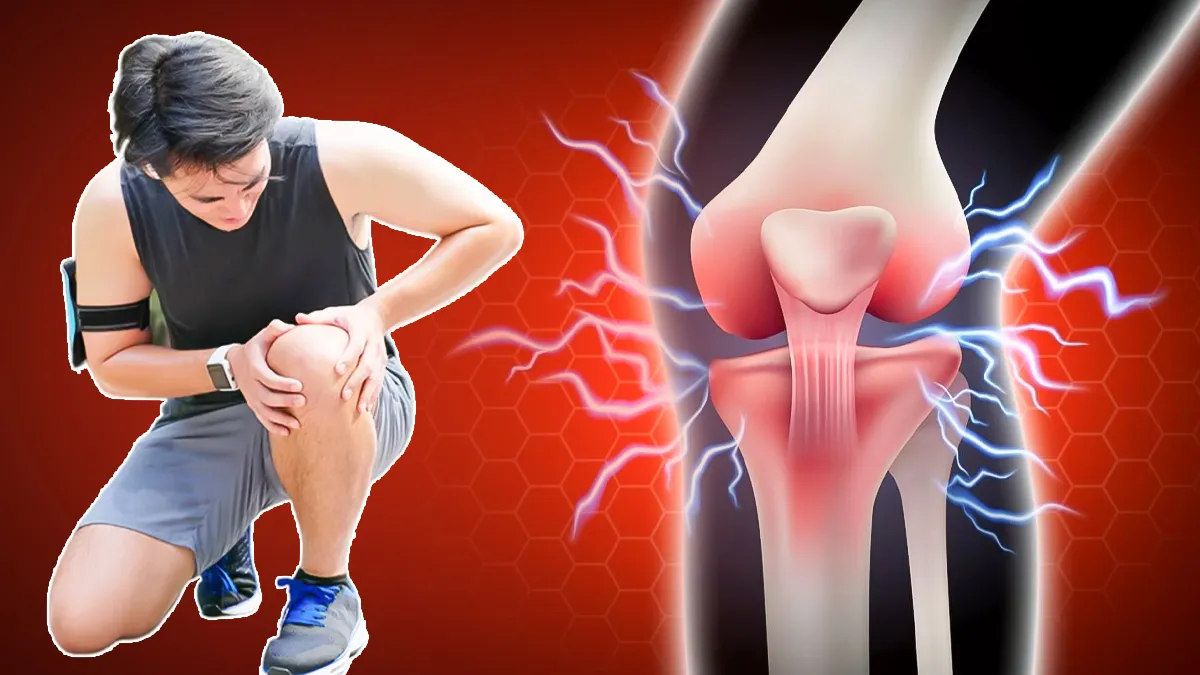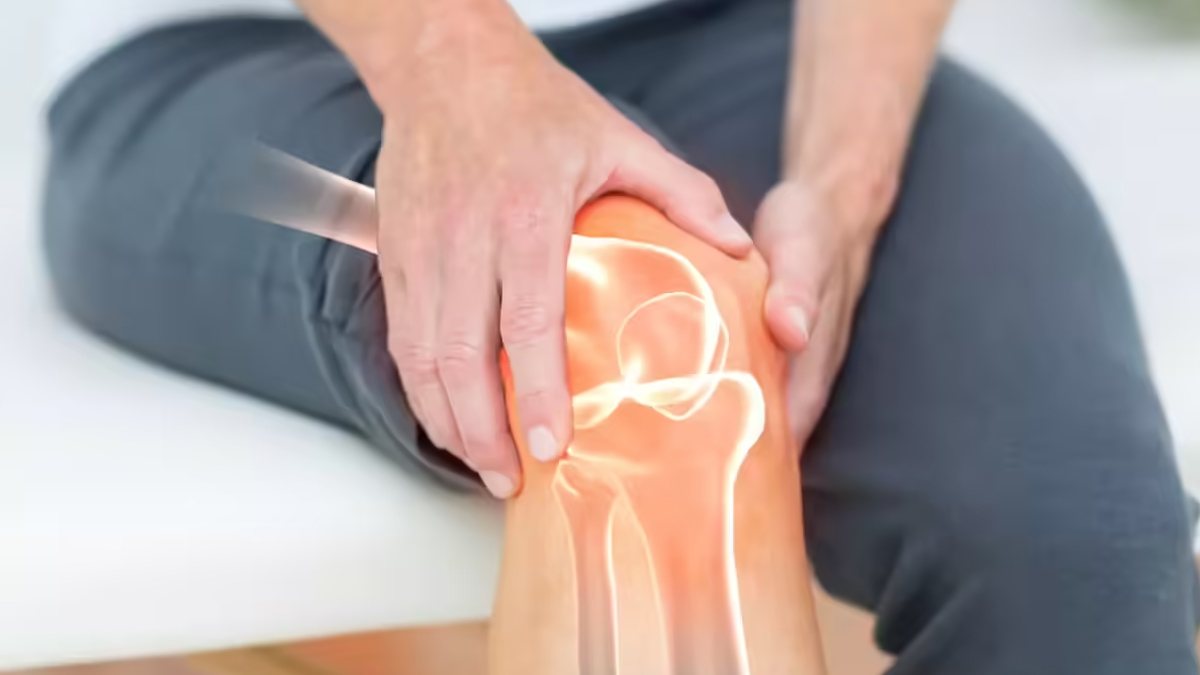
Joint pain is no longer something only grandparents complain about. Today, many in their 20s and 30s are noticing stiff wrists, sore fingers, or knees that creak after a long day. Most of the time, we blame it on work stress, late nights at the desk, or skipping workouts. But what happens when these aches don’t go away? What if your body is trying to tell you something more?
Table of Content:-
Sometimes, it’s easy to think a little exercise or rest will do the trick. But what if the pain you feel isn’t just about how you sit or move? What if there’s something more going on beneath the surface? Many people don’t realise that some types of joint pain can be signs of an early inflammatory condition.
What’s Really Behind Millennials and Gen Z’s Joint Pain?![genz joint pain 2 - 2025-09-17T133809.279]()
Dr Aruna S Malipeddi, Senior Consultant Rheumatology at Arete Hospitals, Hyderabad, offers clarity on this. She explains that many in the Millennial and Gen Z groups tend to overlook these early symptoms, like long work hours, poor posture, or not exercising enough. They think they're minor or temporary. “A dull ache in the wrist, swollen fingers in the morning, or stiffness that lasts for hours is often brushed off,” says Dr. Malipeddi. The problem is, by the time these symptoms get noticed, silent joint damage might already be underway.
ALSO READ: Training Shoes Vs Running Shoes: Expert Explains Which Are Suitable for Walking
Why This Matters for Millennials and Gen Z![1 - 2025-09-17T133811.701]()
This generation is health-conscious and all about counting steps, reading labels, and even practising yoga. Yet, small warning signs often get brushed aside:
- A dull ache in the wrist
- Swollen fingers in the morning
- Stiffness lasting for hours
Because arthritis is seen as an “old-age disease,” many young adults dismiss these issues. But unlike gym injuries or posture-related pain, inflammatory arthritis is the immune system attacking the joints. The earlier it’s spotted, the better the chances of protecting long-term joint health.
How Inflammatory Pain Feels Different![5 (27)]()
So, how do you know if your joint pain is more than a desk-job strain? Here are some red flags:
- Morning stiffness that lingers: More than 30 minutes of “rusty” joints after waking.
- Swelling and warmth: Unlike posture pain, inflammatory arthritis causes visible swelling.
- Small joints involved: Fingers, wrists, and ankles often flare up first.
- Unusual fatigue: A tiredness that sleep doesn’t fix.
Why Genetics and Immunity Play a Role
There isn’t one single cause of inflammatory arthritis. Genetics may make someone prone, but triggers like stress, infections, smoking, or hormonal changes can set things off. The immune system starts treating the joints as the enemy. Over time, this unchecked inflammation erodes cartilage and bone, leading to permanent damage if left untreated.
ALSO READ: Exploring Runner’s High: How the Body and Brain Respond to Running?
The Risk of Missing Early Clues
In India, arthritis is still thought of as a “senior problem.” So, a young professional may spend months trying:
- Painkillers
- Hot packs
- Physiotherapy
- Home remedies
But if the pain is due to autoimmune arthritis, these quick fixes don’t stop joint damage. By the time people reach a specialist, irreversible harm may have already started. The good news? With today’s treatments, early intervention can halt the disease, protect the joints, and let people live life fully.
What Treatment Looks Like Today![4 - 2025-09-17T133807.690]()
Rheumatology has advanced greatly in the last decade. Treatment options now include:
- Conventional medicines to ease pain and swelling
- DMARDs (disease-modifying drugs) that slow the disease
- Biologic therapies that directly target immune system pathways
- Supportive care with physiotherapy and lifestyle changes
- Together, these approaches give young patients a real chance to live without constant flare-ups.
Taking Charge of Your Health
If your pain doesn’t match the usual “posture story,” it’s time to get checked. Blood tests and scans can quickly show whether inflammation is the root cause. The key is not to wait. Swollen fingers or a stiff wrist are not normal for someone in their 20s.
Arthritis is not just for the elderly. Millennials and Gen Z are increasingly facing these challenges, and awareness is the first step. By listening to your body, seeking timely advice, and not ignoring early signs, you can protect your joints for the long run.
ALSO READ: Foods That May Trigger A Blood Sugar Crash In Diabetes
Conclusion
Your joints aren’t just hinges holding you up they carry you through every phase of life. Catching inflammation early can mean the difference between years of pain and years of strength. Trust your body’s whispers before they turn into shouts.
Also watch this video
How we keep this article up to date:
We work with experts and keep a close eye on the latest in health and wellness. Whenever there is a new research or helpful information, we update our articles with accurate and useful advice.
Current Version
Sep 17, 2025 13:43 IST
Modified By : Vivek KumarSep 17, 2025 13:43 IST
Published By : Vivek Kumar


-1758096551389.jpg)
